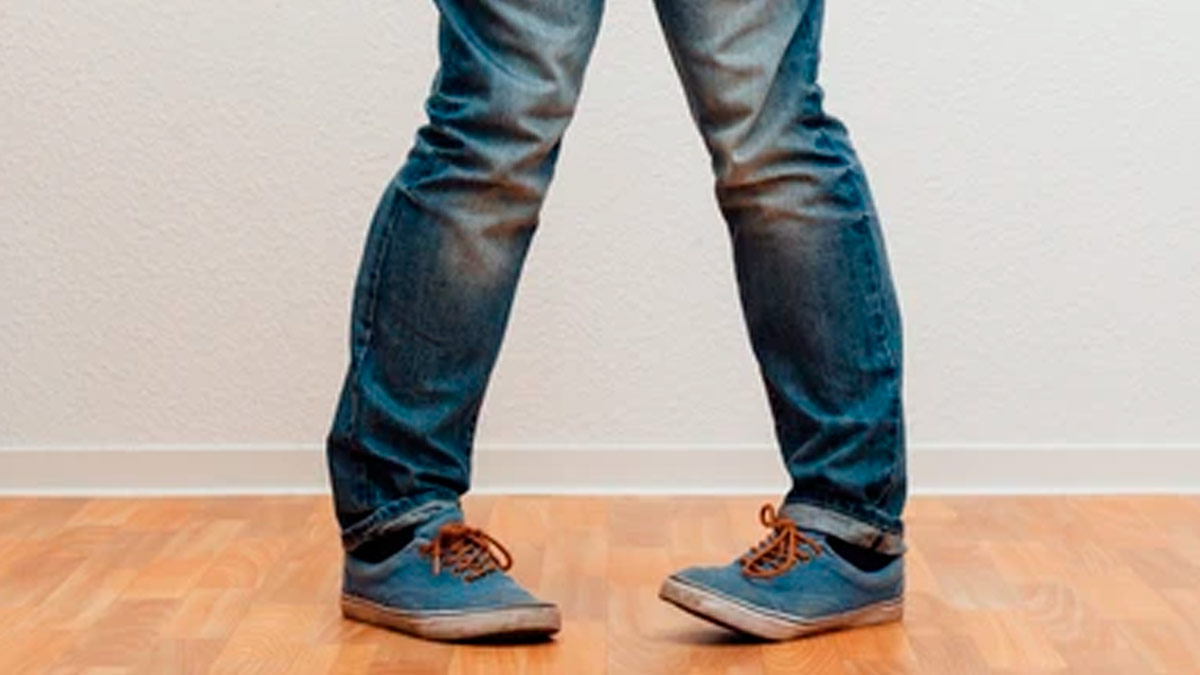
Knock knees is a condition where a person's knees angle inwards and touch each other when the legs are straightened. This can often lead to a noticeable gap between the feet when standing. While common in young children, as part of their natural growth and development, knock knees usually correct themselves by the age of 7 or 8.
Table of Content:-
However, in some cases, the condition can persist into adolescence and adulthood, potentially causing discomfort and affecting mobility. Understanding the causes, symptoms, and available treatments for knock knees is essential for managing this condition effectively and ensuring overall joint health.
Knock knees typically emerge as a normal part of growth in children, often correcting themselves without medical intervention. According to a study published in the Journal of Pediatric Orthopaedics, approximately 75% of children experience some degree of knock knees between the ages of 2 and 6. This natural alignment process usually resolves as children grow, with legs straightening by age 7 or 8. However, for some individuals, knock knees persist beyond childhood and can result in discomfort or functional impairments.
To understand the condition and learn its causes, OnlyMyHealth interacted with Dr Ramneek Mahajan, Senior Director (Orthopaedics) and Head - Joint Reconstruction (Hip and Knee), Max Super Speciality Hospital, Saket, New Delhi.
Dr Mahajan explained, “Knock knee, or genu valgum, is a condition where the knees bend inward and touch or 'knock' against each other, even when standing with the ankles apart. This misalignment puts excessive pressure on the outer side of the knee, potentially leading to pain and long-term damage.”
Also read: How Being Overweight Hurts Your Knees
Evolution of Normal Lower Limb Alignment

According to Dr Mahajan, most newborns typically have bowed legs (varus angulation). As the infant begins to stand and walk, the bowing may become more noticeable. This condition, known as physiologic genu varum (bowlegs), gradually improves, and by 18-24 months, the child usually attains neutral alignment (straight legs).
“Valgus or knock knees alignment of the lower extremities is normal in children between the ages of 2 and 8 years. The maximal amount of physiologic valgus occurs between the ages of 2 and 4 years, after which the alignment of the lower extremity assumes a mild valgus, the normal alignment in an adult,” Dr Mahajan said. Therefore, by 8 years old, there should be little or no change in the alignment of the lower extremity.
After 8 years, correction of excessive physiologic genu valgum (knock knees) may be indicated when there is:
● Difficulty in walking and running
● Knee discomfort
● Patellar malalignment
● Evidence of ligamentous instability (unbalanced knee)
● Excessive cosmetic concern
However, some cases are associated with underlying conditions, which can include
1. Idiopathic knock knees: Persistent abnormal alignment without an identifiable cause.
2. Previous proximal tibial fracture: Previous injuries to the proximal tibia.
3. Rickets: knock knees can result from any of the types of rickets, although classically, renal osteodystrophy is most likely to produce valgus.
4. Obesity: Excess weight can contribute to the development of knock knees.
5. Infection
6. Tumor
Also read: 7 Tips To Fix Knock Knees

Treatment
Dr Mahajan explained, “For mild cases of knock knees in children or adolescents, bracing may reposition the knees. When this does not work, or if the patient is an adult at the time of diagnosis, an osteotomy to realign the knee is done.”
He also said that if a knock knee is caused by an underlying disease or infection, that condition will be addressed before surgery.
If a gradual correction does not occur while bracing in children, Dr Mahajan said that surgery may be recommended. In the growing child, guided-growth minimal-incision surgery is used to encourage the leg to gradually grow straight.
Conclusion
Knock knees, while often a benign and self-correcting condition in children, can pose significant challenges if they persist into adolescence and adulthood. Understanding the underlying causes and available treatments is crucial for effectively managing this condition and preventing further complications. By addressing knock knees proactively, individuals can enhance their mobility, reduce discomfort, and improve their overall quality of life.
Also watch this video
How we keep this article up to date:
We work with experts and keep a close eye on the latest in health and wellness. Whenever there is a new research or helpful information, we update our articles with accurate and useful advice.
Current Version